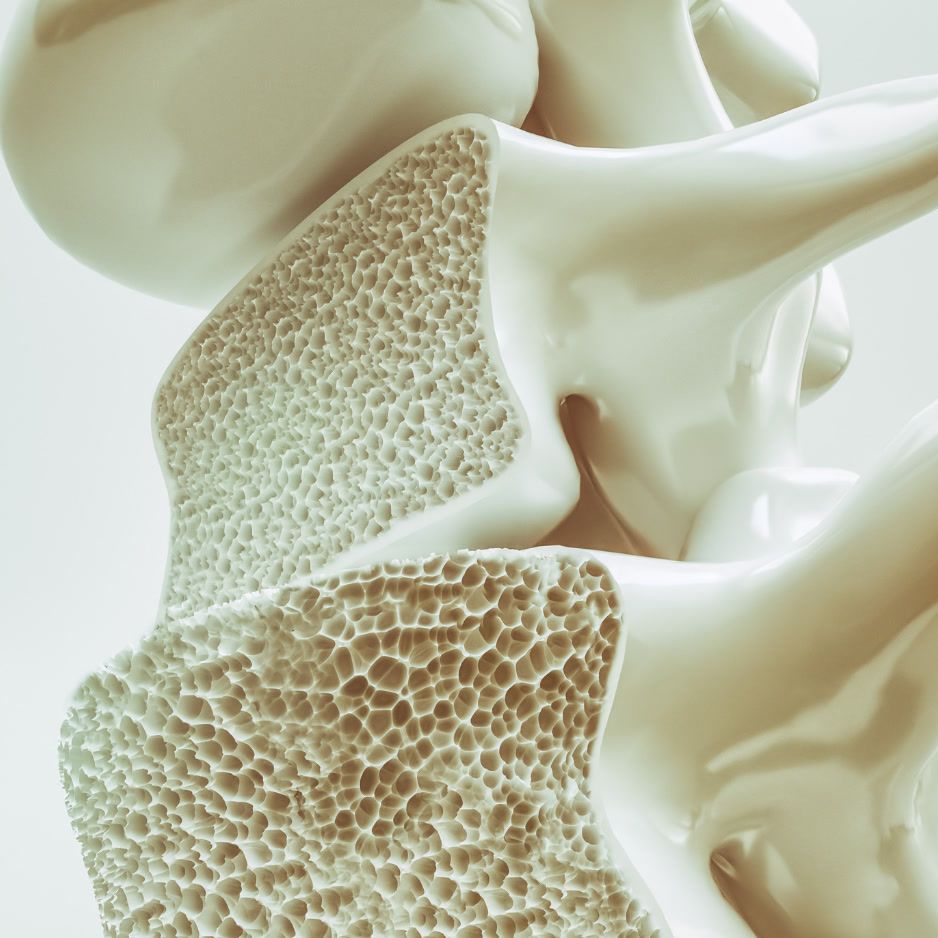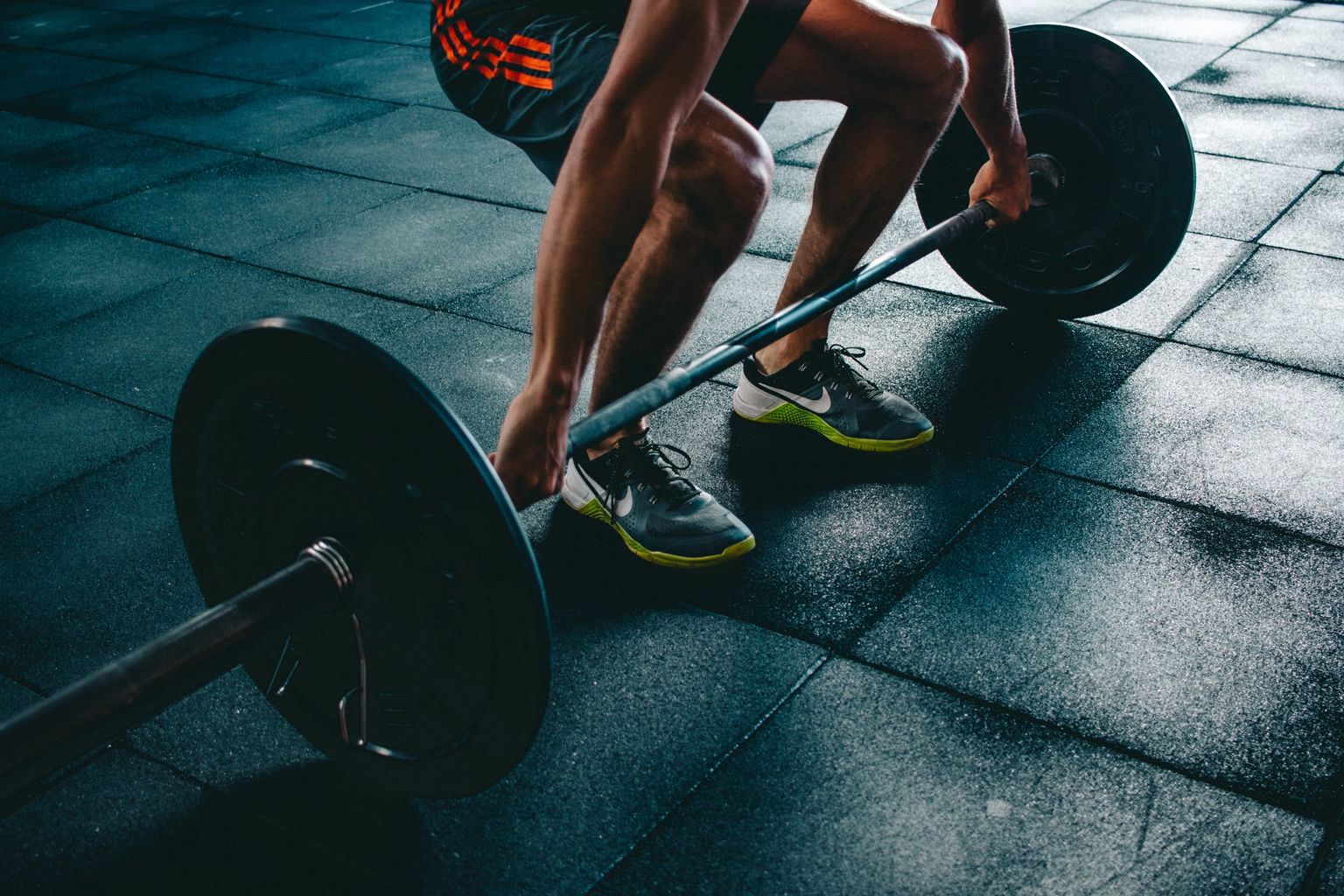How Long to See Gym Results?

How Long Does It Take to See Gym Results?
Understanding the timeline for gym results is crucial for motivation, realistic goal-setting, and long-term adherence. This guide outlines science-based expectations—supplemented by coaching insights—for improvements in strength, body composition, and cardiovascular performance.
TL;DR Timeline
| Week | What Most People Notice | Why It Happens | How To Track It |
|---|---|---|---|
| 1–2 | Better mood, slight energy bump | Acute hormonal and endorphin release | Daily energy/mood journal |
| 2–4 | Strength jumps on the same exercises | Neural adaptations improve motor-unit recruitment (research on neural recruitment pathways) | Log weights & reps; compare every session |
| 4–8 | Visible muscle definition in trained areas | Beginning of muscle-protein accretion + lowered inflammation | Progress photos; DEXA scan for lean mass |
| 8–12 | Noticeable fat loss; improved VO₂ max | Sustained caloric balance + cardiovascular adaptations | DEXA body-fat %, heart-rate recovery |
| 12–24 | New personal records, clothes fit differently; progress slows | Continued hypertrophy and mitochondrial gains, but at a reduced rate | Periodic strength tests, follow-up scans |
Actual timelines vary by genetics, diet, sleep, and program adherence.
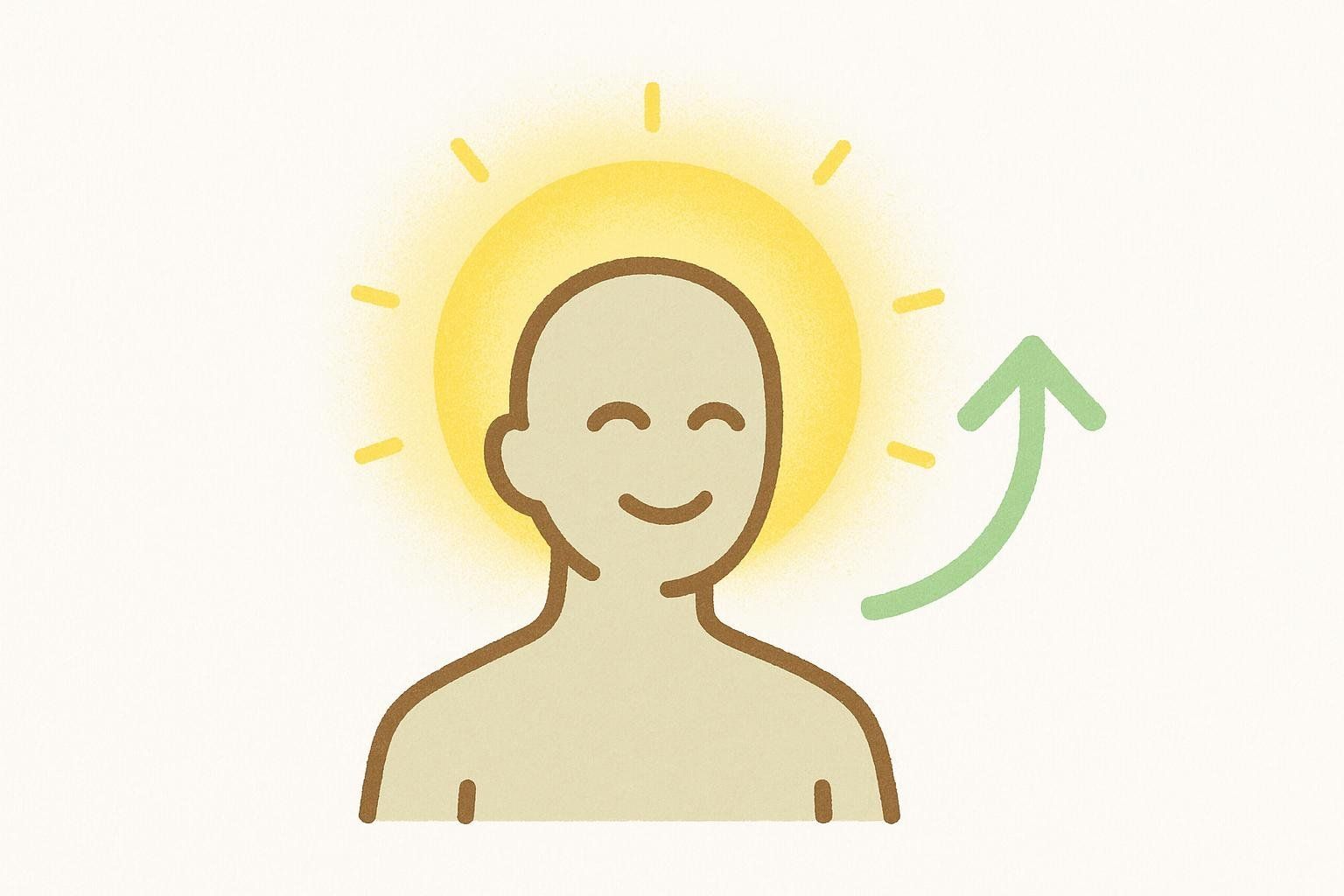
Why Tracking Your Progress Matters (More Than You Think)
Failing to track progress regularly can lead to inefficient training decisions and delay your results. Consistent tracking provides three powerful advantages:
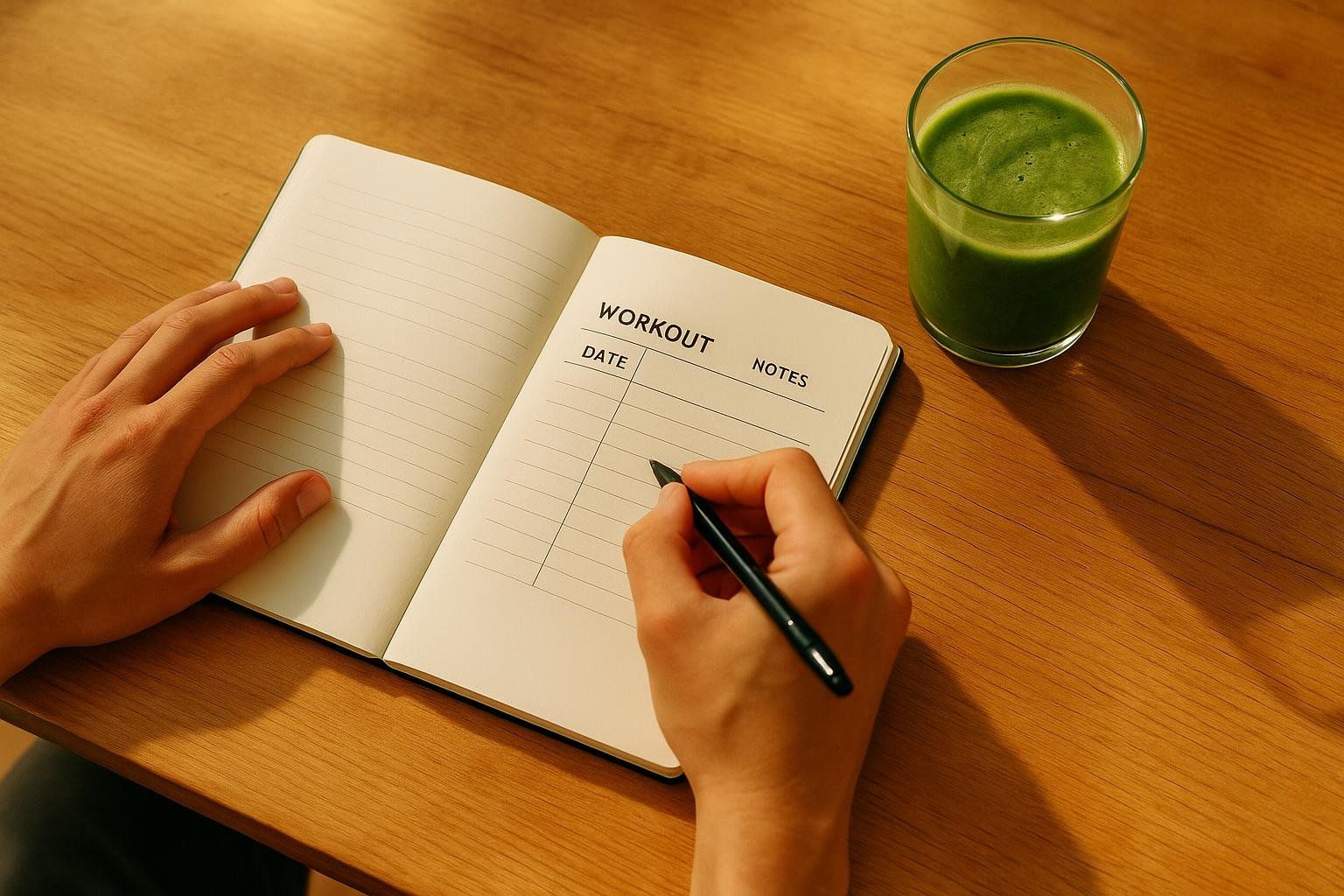
- Accountability: Recording workouts, nutrition, or scan data turns vague intentions into concrete numbers you can’t ignore. A review of self-monitoring and program adherence found strong links between frequent tracking and greater weight-loss success.
- Motivation: Small wins—an extra rep, a 1-lb lean-mass bump on your DEXA—produce dopamine hits that keep you engaged when the mirror hasn’t caught up yet.
- Early Course Correction: Objective data flags plateaus or rising visceral-fat scores before they snowball into injuries or stalled fat loss. Adjusting training or nutrition early is far easier than digging out of a months-long rut.
Consider pairing your scan schedule with a digital training log or wearable. For gear suggestions, see our roundup on tracking apps & gadgets.
What Affects How Long It Takes to See Gym Results?

Individual progress varies because of:
- Training stimulus: Volume, intensity, and exercise selection dictate adaptation speed.
- Nutrition: A calorie deficit accelerates fat loss, while a slight surplus plus high protein (>1.6 g/kg) supports hypertrophy. See our primer on protein essentials.
- Recovery: Research shows a single night of total sleep deprivation reduced muscle-protein synthesis by ~18 % in healthy adults (study on sleep’s impact on muscle protein synthesis). Chronic short sleep likely compounds this effect. Review our sleep hygiene guide.
- Age & hormones: Testosterone and growth hormone decline with age, modestly slowing muscle gain.
- Measurement method: Bathroom scales can mislead; DEXA scans deliver laboratory-grade accuracy and are sensitive to small body-composition shifts (DEXA Accuracy and Calibration).

Persona-Inspired Timelines
The timelines below reflect ranges commonly reported in peer-reviewed studies and coaching practice. They are illustrative, not prescriptive.
1. The Beginner (New Gym Member, 25–34)
Primary Goal: Lose ~20 lb and build foundational strength.
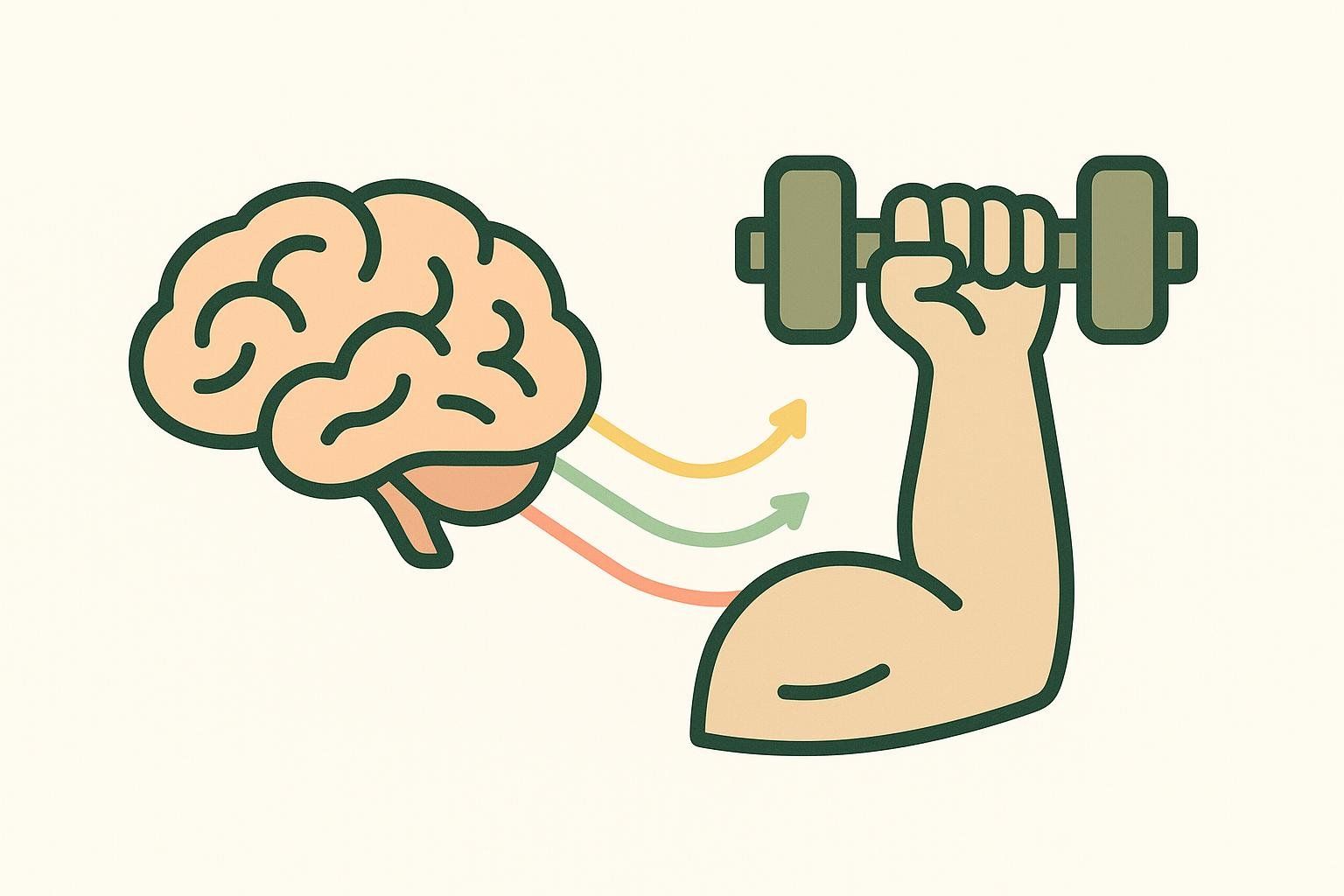
| Phase | Weeks | What to Expect | Practical Tips |
|---|---|---|---|
| Neural Adaptation | 0–4 | 20–40 % jump in 1-RM without visible size change | Prioritize form; track lifts. See neural adaptation deep dive. |
| Early Hypertrophy | 4–8 | Increased firmness and perceived tone in deltoids and arms; scale weight may stay flat | Keep protein high; apply progressive overload. |
| Visible Recomp | 8–12 | Jeans fit looser; waist circumference may decrease by approximately 1–2 inches | Pair strength days with two weekly HIIT sessions |
Example 4-Week Snapshot (Illustrative)
In the first month, DEXA scans for some beginners training full-body three times per week may show 1–2 lb lean-mass gain and ~1 lb fat loss. Individual results vary widely.

Quick Wins for Beginners
- Superset push/pull movements to reinforce motor patterns.
- Lay out gym clothes the night before to reduce friction.
- Build consistency through solid habits—see our post on forming effective fitness habits.
2. The Busy Professional (30–45, Limited Time)
Primary Goal: Reduce midsection fat, enhance cardio fitness, manage stress.

| Phase | Weeks | Noticeable Results | Efficiency Hacks |
|---|---|---|---|
| “Sweat Equity” | 0–4 | Resting heart rate ↓ 3–5 bpm; mood uplift | 30-min lunch-time circuits; convert meetings to walk-and-talks |
| Improved Muscle Definition & Endurance | 4–12 | Limbs appear more defined; able to jog 5 k nonstop | Combine strength and cardio using interval formats such as EMOM or AMRAP |
| Body-Comp Shift | 12–24 | 4–6 % drop in DEXA body-fat; lower visceral-fat score | Effective meal prep strategies on Sundays; maintain consistent sleep schedule |
Professionals who devote roughly two hours per week to hybrid training may achieve 2–5 lb fat reduction and 0.5–2 lb lean-mass gain in 12 weeks—progress that high-resolution DEXA scans can clearly demonstrate.
3. The Seasoned Athlete (40–55, Plateaued)
Primary Goal: Break performance plateaus and mitigate age-related muscle loss.
| Phase | Weeks | Key Metrics | Strategic Focus |
|---|---|---|---|
| Neural Refinement | 0–4 | +5 % 1-RM via velocity work | Add cluster sets; track bar speed |
| Hypertrophy Cycle | 4–12 | Noticeable increase in muscle size in targeted areas | Implement periodization with 4-week blocks |
| Performance Peak | 12–24 | New PRs; VO₂ max ↑ 5–10 % (research on VO₂-max improvement) | Deload every 6th week; monitor HRV trends |
With structured periodization, seasoned lifters may see 2–5 lb lean-mass increases and 1–3 lb fat reductions over six months. DEXA reports make these subtle shifts evident.
How to Measure Progress (Beyond the Mirror)
- DEXA Scans: Gold standard for fat, lean, bone, and visceral metrics—precise enough to detect micro-changes.
- Strength logs: Record estimated 1-RM or total training volume.
- Cardio metrics: Track resting heart rate, heart-rate recovery, or VO₂ max.
- Photos & clothing fit: Same lighting each week highlights subtle body-shape changes.
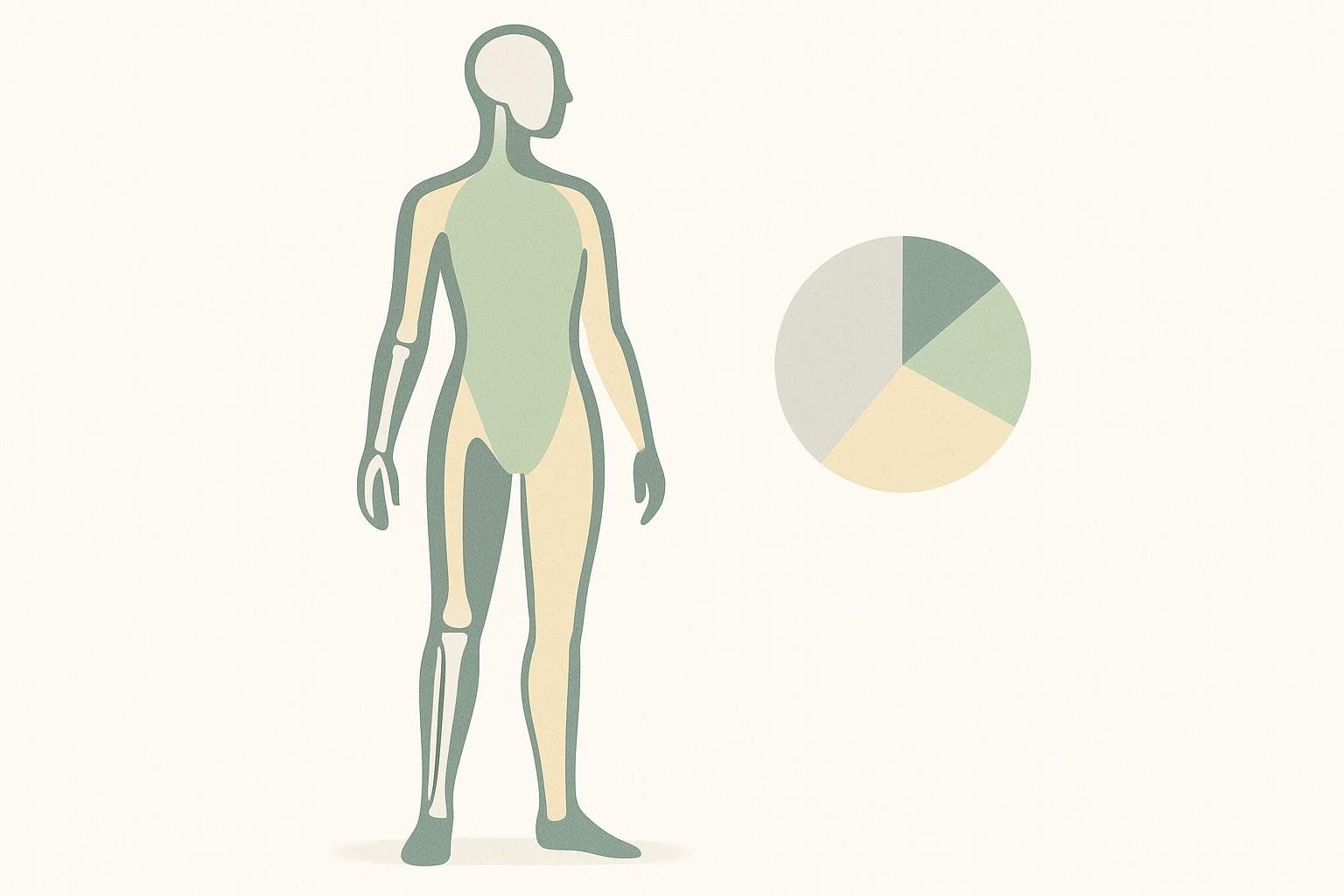
A strategic approach is to opt for a quarterly membership so your scans align with major training phases and keep momentum high year-round.
Explore why scale weight can mislead in BMI vs. Body Fat Percentage. For abdominal health specifics, see our guide to visceral fat.
Common Questions (FAQ)
How soon will I lift heavier weights? Beginners typically see 20–40 % strength gains within 4–6 weeks (study on early strength development).
When does muscle growth become visible? Measurable hypertrophy generally appears after 8–12 weeks of consistent resistance training (research outlining timelines for visible muscle growth).
Can I lose fat and gain muscle simultaneously? Yes—especially for beginners or those returning after a break. DEXA scans quantify this body recomposition. See our explainer on losing fat & gaining muscle.
Do women see results slower than men? Timelines are similar when training, nutrition, and recovery are matched; hormonal differences mostly affect where changes appear first.
How often should I test body composition? Every 8–12 weeks aligns with major adaptation phases. Quarterly memberships simplify this schedule.
Takeaways & Next Steps
• Expect noticeable strength in about a month, visible physique changes in 2–3 months, and performance peaks by 6 months.
• Manage what you can: training stimulus, nutrition, recovery, and objective measurement.
• Regular DEXA scans—offering ultra-precise insights—help flag hidden risks like visceral fat while charting your progress.
• Ready to quantify your results? Book a BodySpec DEXA scan or upgrade to a quarterly membership to keep your journey data-driven all year long.

